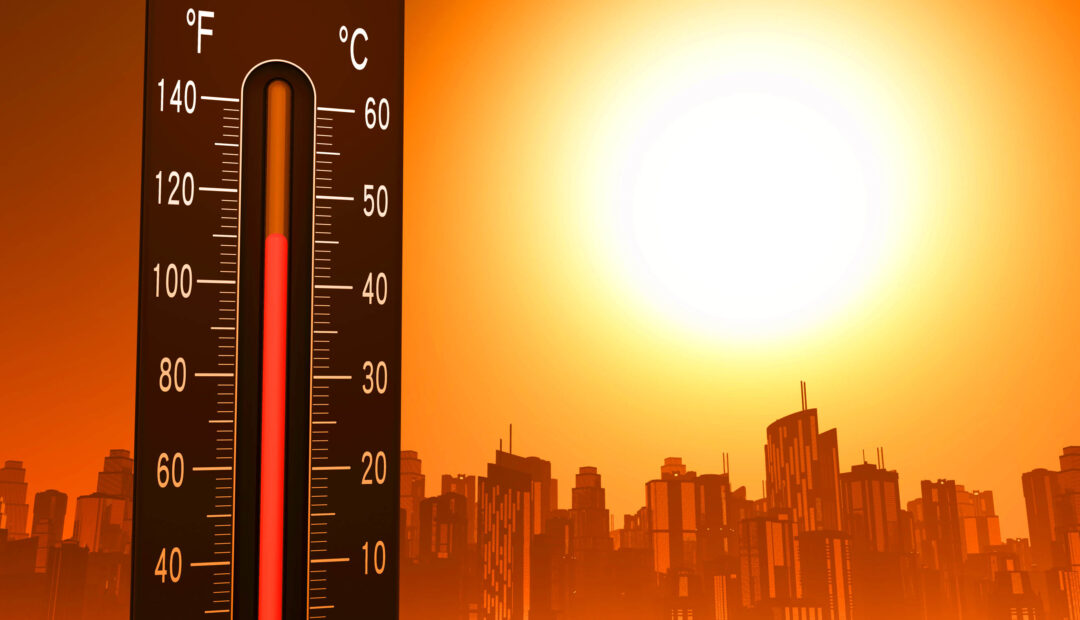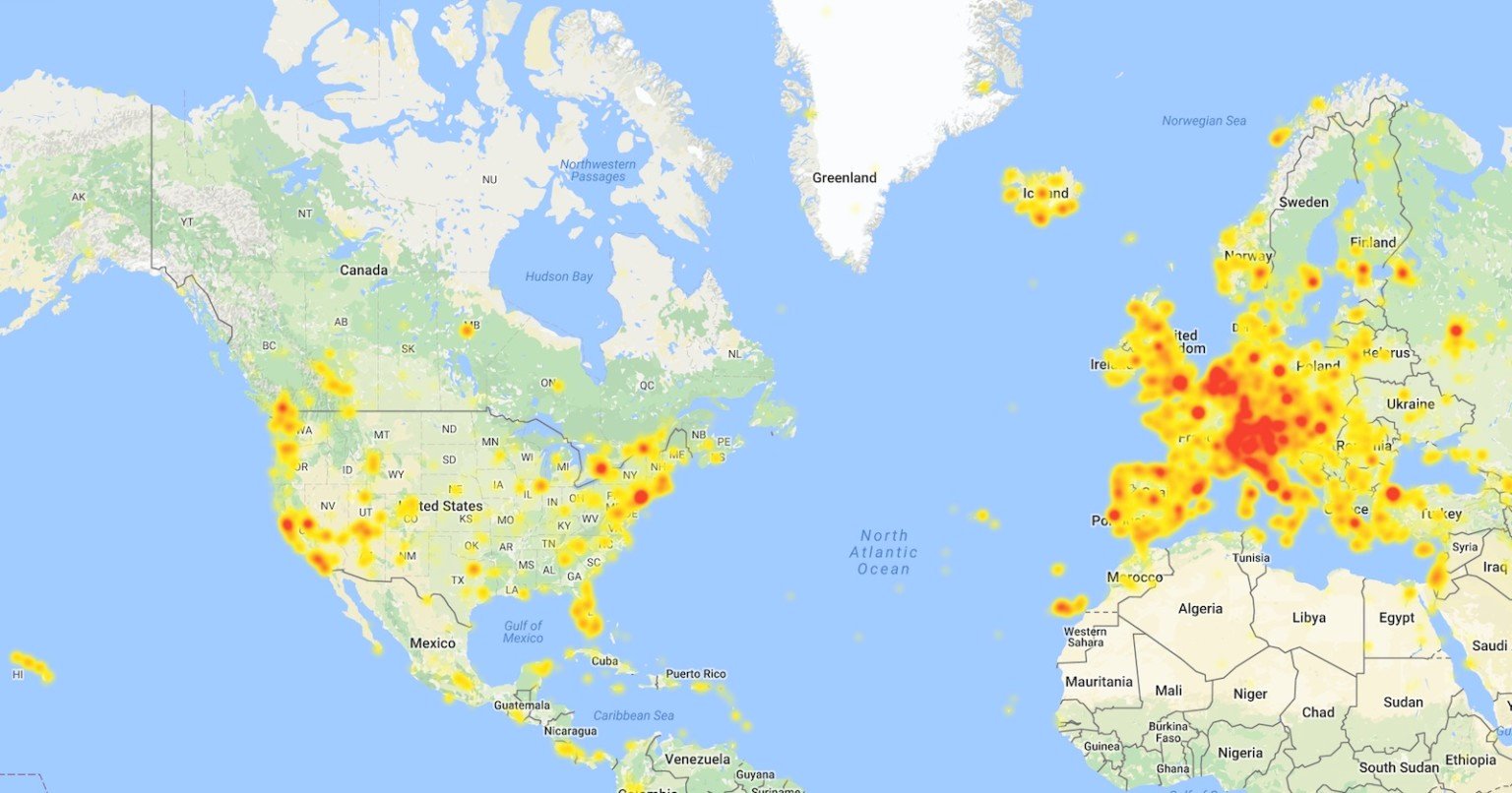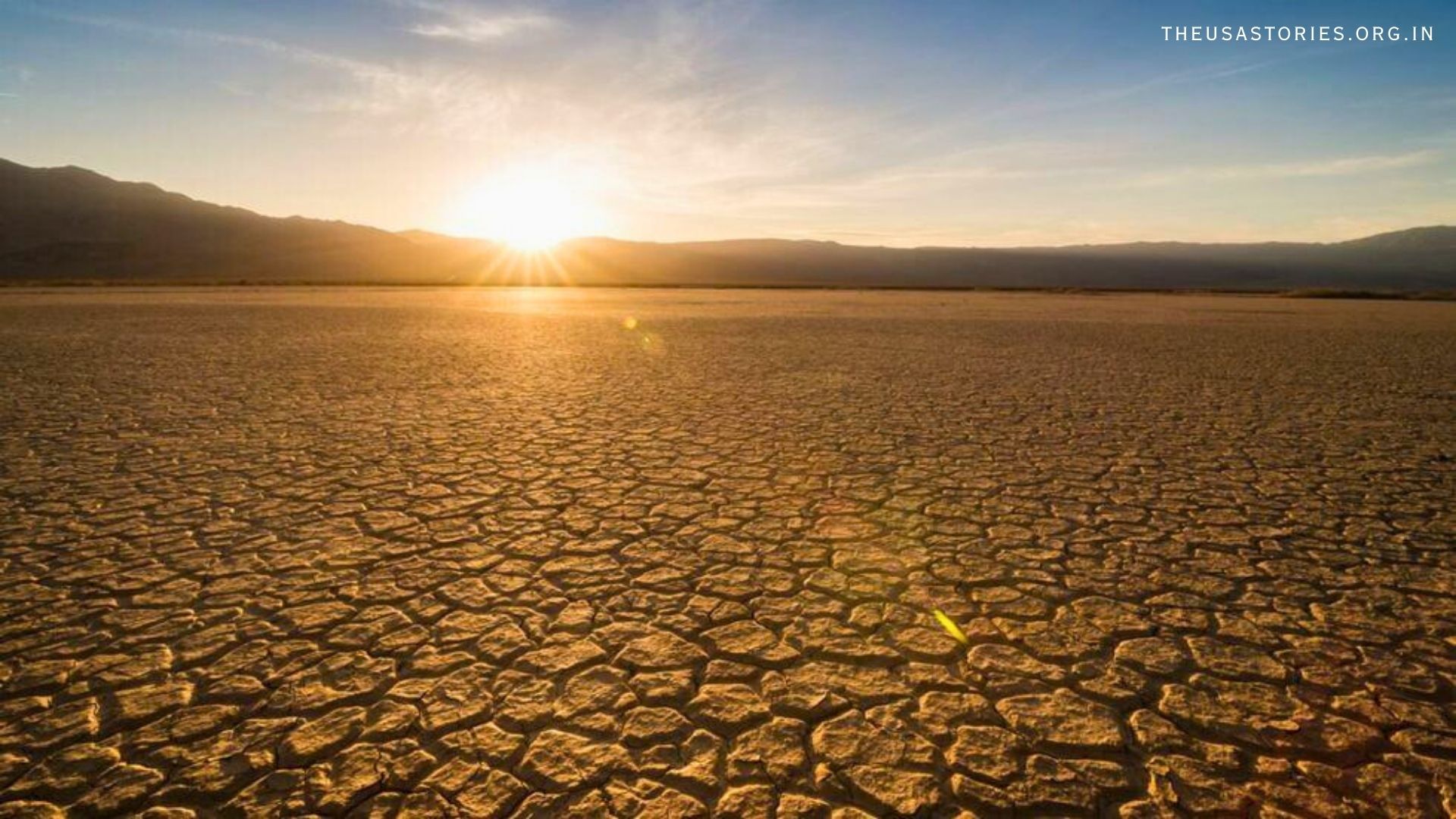Introduction
The search for the hottest point on Earth takes us to a realm of tremendous temperatures and incredible heat. Death Valley, in California’s Mojave Desert, is home to the world’s highest recorded air temperature. This article dives into the intricacies of Death Valley’s blistering temperatures, the causes of these severe circumstances, and the larger consequences of rising global temperatures.
Understand Death Valley’s Extreme Heat
Geographical and Climate Factors
Location and Topography
Death Valley is a desert valley in the Mojave Desert in eastern California. It is located near the northern extremity of the Mojave Desert, bordering the Great Basin Desert. The topography of the area is a major contributor to the extreme heat. Death Valley is one of the lowest locations on Earth, with Bad Water Basin at 282 feet (86 meters) below sea level. This geographical feature forms a natural basin that retains heat.
Climate
Death Valley’s climate is classified as hyper-arid, with extremely low humidity and limited precipitation. The valley receives less than 2 inches (50 mm) of rainfall each year. The combination of low height, clear skies, and dry air provides an environment in which solar radiation is strong and the earth heats up quickly during the day.
Record-breaking temperatures

On July 10, 1913, Death Valley had the highest air temperature ever recorded: 134°F (56.7°C) near Furnace Creek. This record has remained for more than a century, making Death Valley the hottest site on the planet. More recently, temperatures in Death Valley have routinely exceeded 120°F (49°C) throughout the summer months, reinforcing the region’s reputation for severe heat.
Causes of Rising Temperature
Natural Factors, Solar radiation
One of the primary natural causes of Death Valley’s high temperatures is the quantity of solar radiation. The clear sky and low humidity imply that there is no atmospheric moisture to obstruct or absorb the sun’s rays, allowing for maximum solar heating of the planet.
Geographical Position
Death Valley’s location contributes to the severe temperatures. It is located in the rain shadow of the Sierra Nevada mountains, which means that moist air masses lose moisture over the mountains before reaching the valley, causing dry weather. Furthermore, the valley’s north-south direction provides for more solar exposure during the day.
Human-caused factors, including global warming.
While the severe temperatures in Death Valley are mostly attributable to natural causes, the larger trend of rising world temperatures as a result of climate change cannot be ignored. Human activities such as fossil fuel combustion, deforestation, and industrial operations have raised greenhouse gas concentrations in the atmosphere, trapping more heat and contributing to global warming.
The Urban Heat Island Effect
Although Death Valley is not urbanized, the urban heat island effect demonstrates how human infrastructure may contribute to increased local temperatures. In metropolitan settings, concrete, asphalt, and buildings absorb and retain heat, boosting the temperature. While this is not a direct cause of Death Valley’s heat, it does highlight the influence of human activity on local temperatures.
The broader implications of rising temperatures
Environmental Impact: Ecosystem Stress
Rising temperatures can have significant consequences for ecosystems. Death Valley’s intense heat restricts the sorts of vegetation and wildlife that may survive. Species that are accustomed to such extreme environments, such as the desert tortoise and numerous cacti, are under increased stress as temperatures rise. Climate change may increase these stressors, endangering biodiversity.
Water Resources
Water is a valuable resource in arid regions. Higher temperatures increase evaporation, lowering the supply of surface and groundwater. A water shortage can occur in places near Death Valley, harming both natural ecosystems and human settlements.
Human Health and Safety: Heat-Related Illnesses.
Extreme heat offers serious health dangers to people. Visitors and inhabitants of Death Valley are at risk of heat exhaustion, heatstroke, and dehydration. These concerns are exacerbated by the valley’s isolated position, which might cause delays in medical aid.
Adaptation and Mitigation
Communities in and around Death Valley must develop techniques for dealing with high heat. This involves constructing buildings with heat-resistant materials, guaranteeing enough water supply, and informing people about the hazards of excessive heat. On a larger scale, tackling climate change by lowering greenhouse gas emissions is critical to controlling rising world temperatures.
Economic Impact Tourism
Death Valley is a unique tourist attraction due to its severe temperatures. However, as temperatures rise, the window for safe travel may become smaller, harming the local economy. Tourism organizations must strike a balance between marketing the area’s natural beauty and guaranteeing tourist safety.
Agriculture
Agriculture is a major economic driver in the Death Valley region. Rising temperatures can affect agriculture production, water availability, and soil health. Farmers may need to adopt more environmentally friendly techniques and invest in technology that preserves water and protects crops from heat stress.
Global Comparison: Other Hotspots Around the World.

While Death Valley has the record for the greatest temperature, other areas endure intense heat. Temperatures exceeding 120 °F (49 °C) are commonly recorded in places such as Iran’s Lut Desert and the Sonoran Desert of Mexico and the United States. Comparing these places allows scientists to better understand the elements that contribute to severe heat and the possible consequences of climate change.
Learning from Death Valley.
Death Valley acts as a natural laboratory for researching severe heat. Research undertaken in this hostile environment can help advance climate science and develop ways for dealing with rising global temperatures. The lessons learned from Death Valley can be applied to other locations experiencing comparable issues.
Conclusion
Death Valley, USA, remains the hottest region on Earth, with severe temperatures caused by a mix of natural geographical and meteorological conditions. While the valley’s heat is a natural phenomenon, the larger trend of rising world temperatures caused by human activity emphasizes the importance of tackling climate change. Understanding the causes and consequences of excessive heat in Death Valley can help shape worldwide policies for dealing with rising temperatures, protecting ecosystems, and safeguarding human health. As we continue to monitor and research this unique habitat, the lessons learned will help lessen the effects of climate change and encourage sustainable living habits across the world.
Read More:

Average Rating